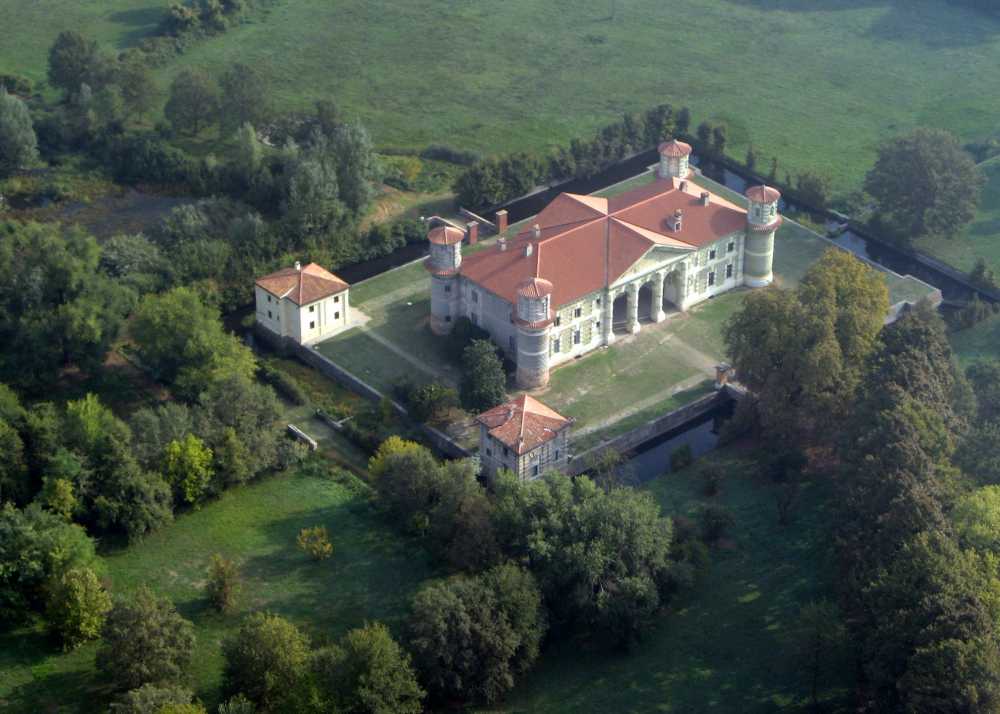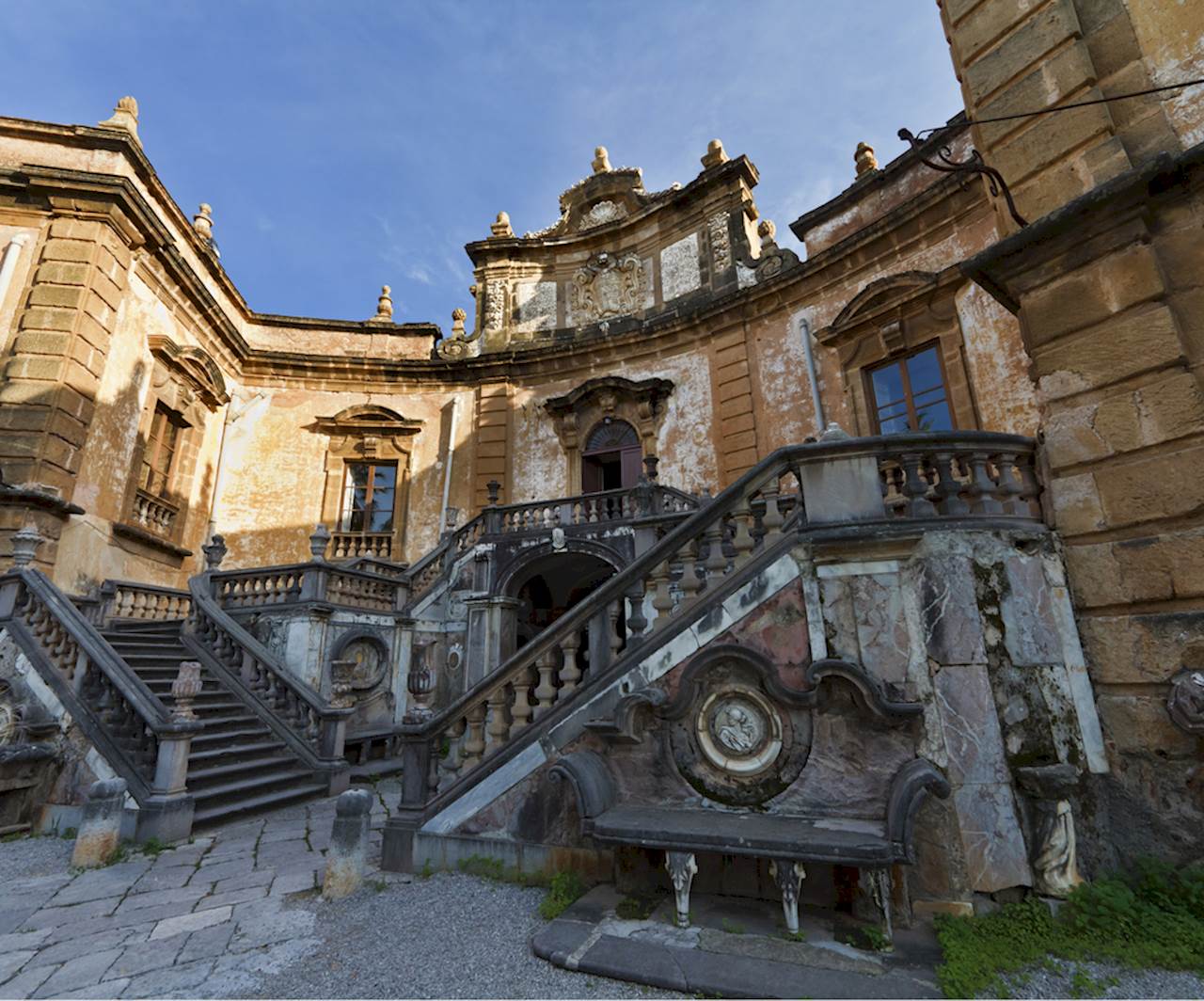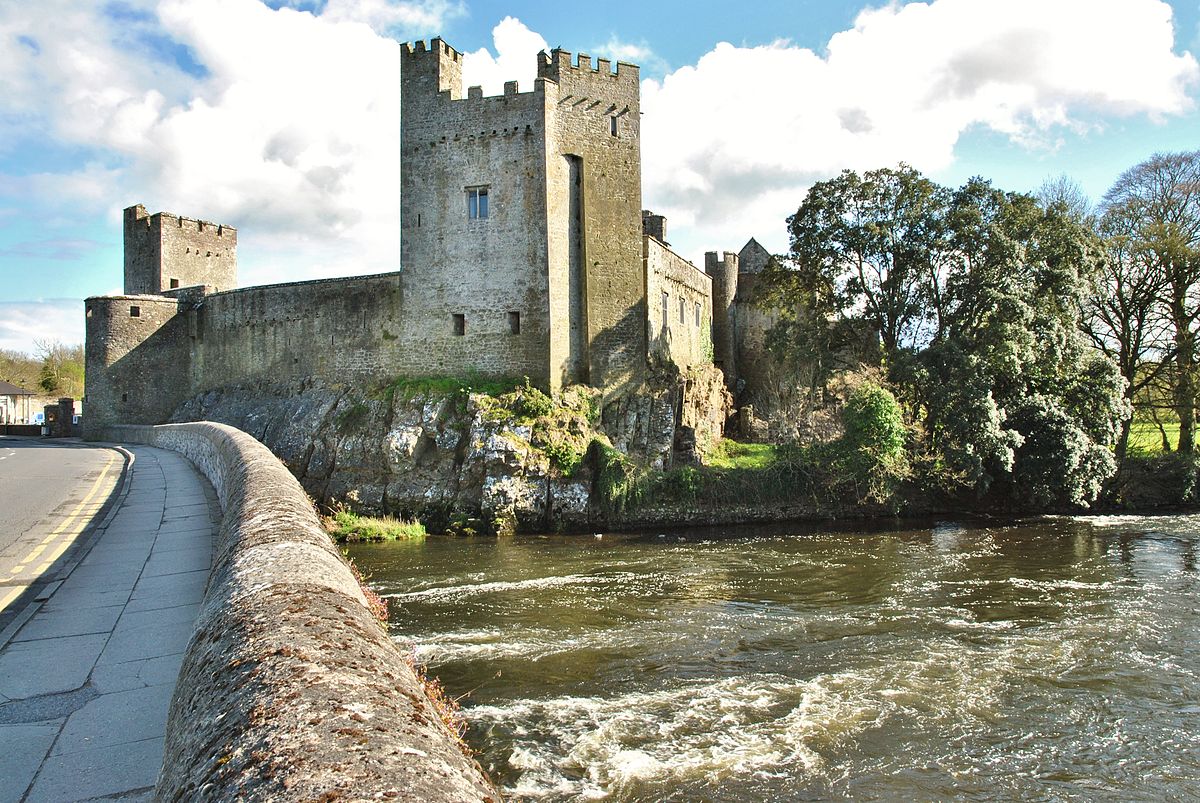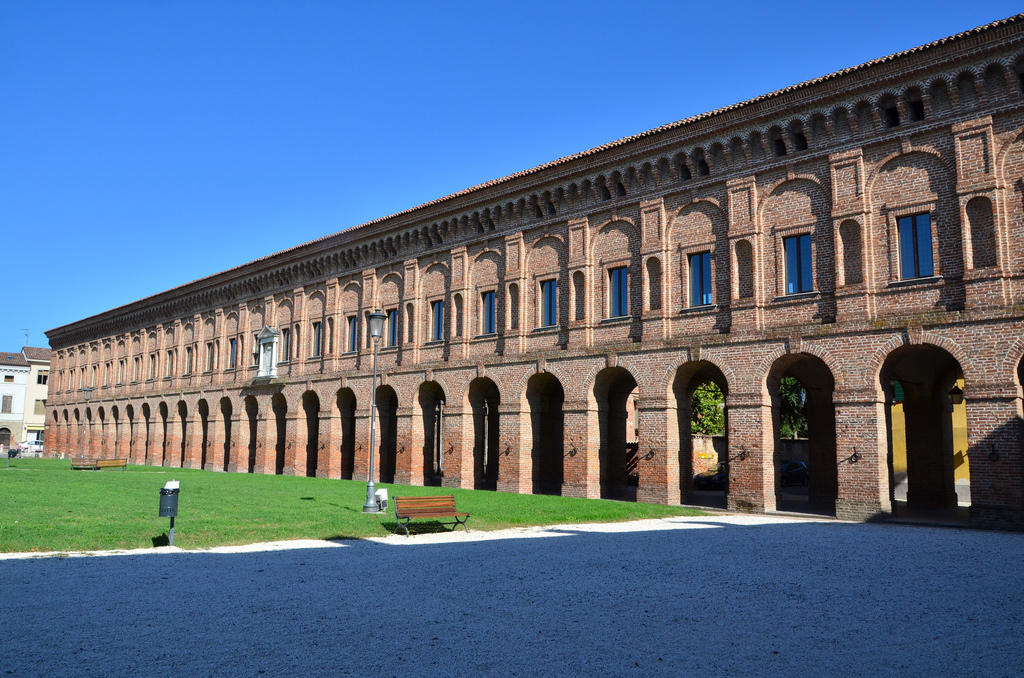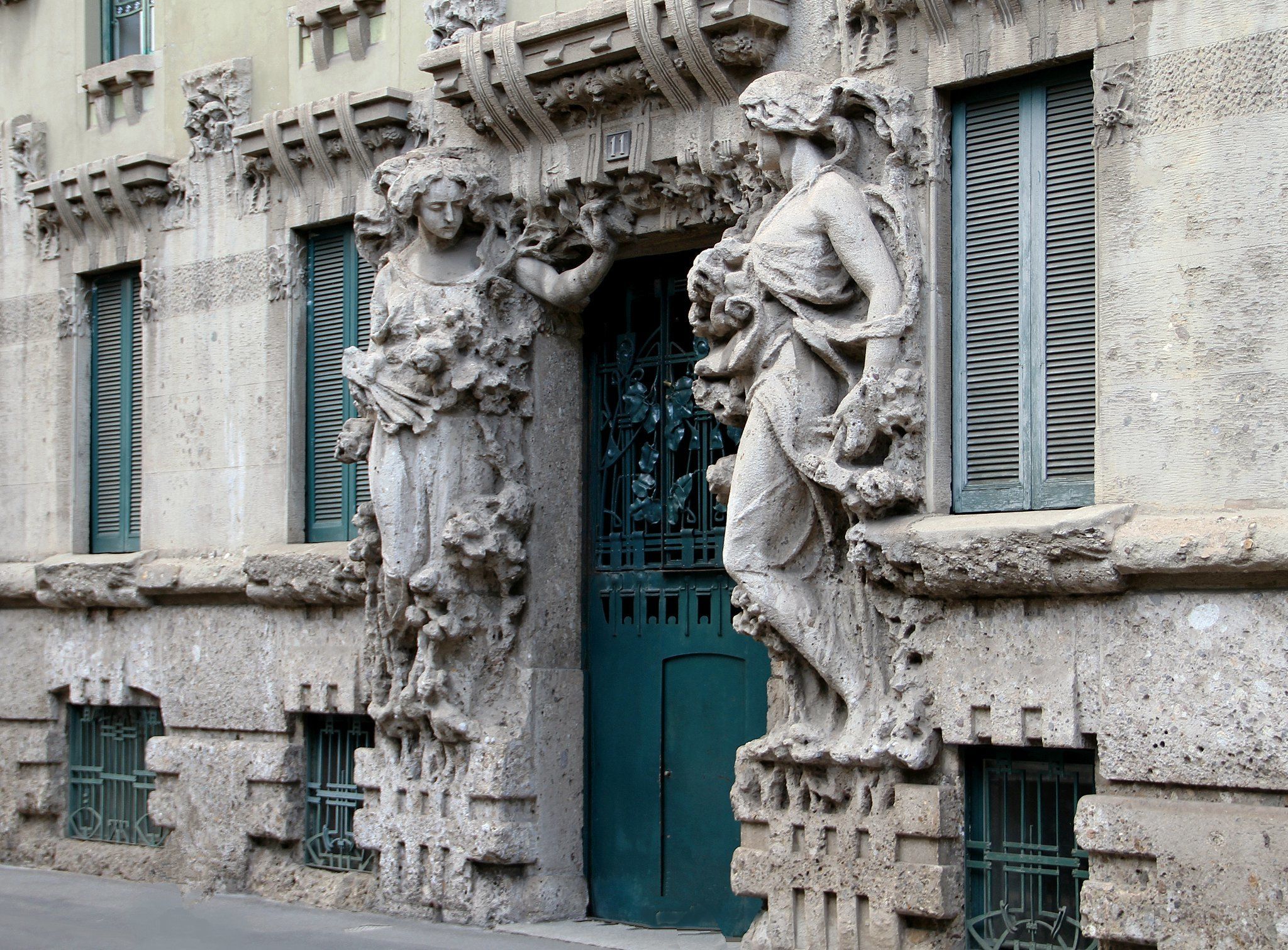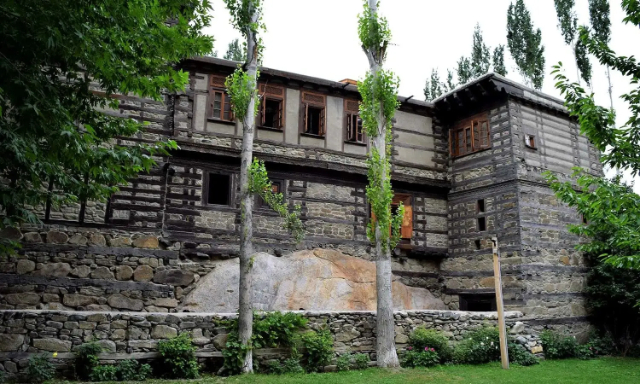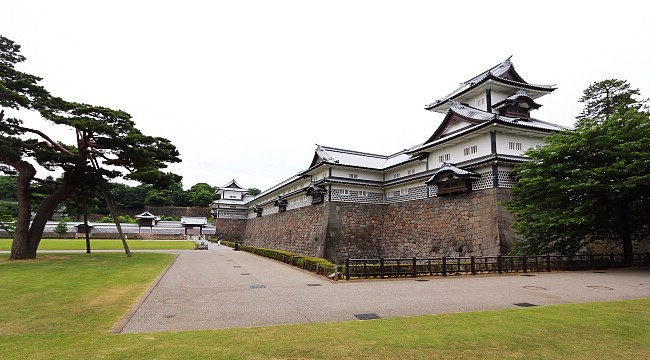Mantua Forest of the Fountain
Driving along the state road 236 in the direction of Mantua, just after the village of Marmirolo, a tourist sign on the right indicates the direction for the "Forest of the Fountain".
A little further on, taking a tree-lined lane, in a short time you will reach a large gate that borders the entrance with the Bosco della Fontana, a handful of hectares of plain forest miraculously remained intact, because it was for years the hunting reserve of the Gonzaga family, lords of Mantua.Variopinto with its intense spring colours or full of mystery in the Po Valley mists, the wood is worth a visit, a day to immerse oneself in the last natural sanctuary of the plain, a rare work of art "painted" by nature. The lowland forests of the plain are now counted on the fingers of one hand, surviving edges of the thick forest mantle of the Po Valley until the arrival of the legions of Rome.
The small hunting lodge, built at the end of the 16th century at the behest of Duke Vincenzo I, was designed by the prefects of the ducal factories Giuseppe Dattari and Antonio Maria Viani and combines in its architectural profile motifs typical of the Gonzaga residences with references to the Julian and Bavarian periods. Inside and under the portico, it preserves a rich decoration with false architectures and naturalistic motifs, inspired by the natural environment that surrounds it.
The villa was built inside the Bosco Fontana (Fountain Wood), owned by the lords of Mantua since the 12th century and so called because of the existence of a water source; the wood, enriched by the Gonzagas with wild animals and exotic beasts, became in modern times a park used for the prince’s hunts. To defend against the ferocious animals present in the park, a wall and four small angular bodies had been erected at the same time as the building, exalting, together with the cylindrical turrets, the castle aspect of the structure.
The nature reserve five kilometres no
